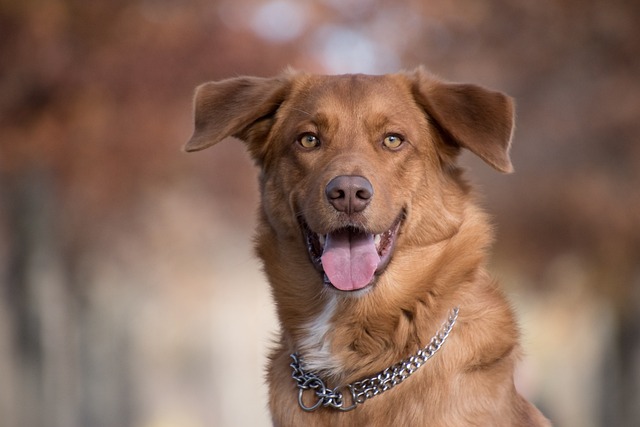
How do i train my dog to be obedient?
Watching your dog dart across the park ignoring your calls isn’t just frustrating—it can put them at risk near busy streets or public spaces.
Puppies often pull, twist, or stop dead in their tracks when first introduced to a leash—this isn’t stubbornness, just confusion about the new tool. Start indoors where distractions are low: clip a lightweight leash to their harness (not collar, to avoid neck strain) and let them drag it around for 10 minutes a day. This helps them get used to the feel without pressure, a trick many trainers recommend to build comfort first.
Once they’re calm with the leash indoors, move to your yard or a quiet sidewalk. Keep sessions short—5 to 10 minutes max—since puppies have short attention spans. When they walk beside you without pulling, reward them with a tiny treat and excited praise; if they tug, stop moving entirely. This teaches them that pulling means the fun stops, a key behavior principle called “negative punishment” that works well for young dogs.
 Many areas require leashes in public spaces—some even specify leash length (often 6 feet or less) to keep both pups and others safe. Familiarize yourself with local rules: for example, some parks allow off-leash time only in designated zones, while busy downtown areas mandate leashes at all times. Breaking these rules can lead to fines, so it’s worth checking city or county websites before heading out.
Many areas require leashes in public spaces—some even specify leash length (often 6 feet or less) to keep both pups and others safe. Familiarize yourself with local rules: for example, some parks allow off-leash time only in designated zones, while busy downtown areas mandate leashes at all times. Breaking these rules can lead to fines, so it’s worth checking city or county websites before heading out.
Avoid common mistakes like yanking the leash or letting your puppy lead. Yanking can make them fear the leash, while letting them pull reinforces the behavior. Instead, use a “redirect and reward” method: if they pull toward a squirrel, call their name, lure them back with a treat, and reward them for walking beside you. This keeps training positive and builds trust between you two.
As your puppy gets better, gradually add more distractions—like a neighbor’s dog or a busy park. Start with short visits to these spots, and always bring extra treats to reward good behavior. If they get overwhelmed, take a step back to a quieter area. Rushing the process can set back progress, so go at their pace.
Training a puppy to walk on leash takes consistency, but watching them trot calmly beside you on a sunny day makes it all worth it. Remember to stick to local leash laws not just to avoid fines, but to keep your pup, other animals, and people safe. With patience, positive reinforcement, and a little practice, leash walks will soon become one of your favorite daily rituals together.

Watching your dog dart across the park ignoring your calls isn’t just frustrating—it can put them at risk near busy streets or public spaces.

New puppy owners often find themselves rushing to clean up accidents before they set in, and that’s where puppy pad training becomes a game-changer.

If you've noticed your dog's waistline disappearing and your veterinarian has mentioned those few extra pounds, your first instinct might be to simply reduce the amount of food in their bowl.

Training a dog to use a designated spot indoors isn’t as daunting as many new owners fear, but it does take consistency and an understanding of your pet’s needs.

That moment of dread on a walk is all too familiar for many new dog owners. You see another dog approaching down the sidewalk of your neighborhood

If the sight of another dog on your neighborhood walk makes your heart sink as your own dog erupts into a frenzy of barking and lunging, you're not alone.